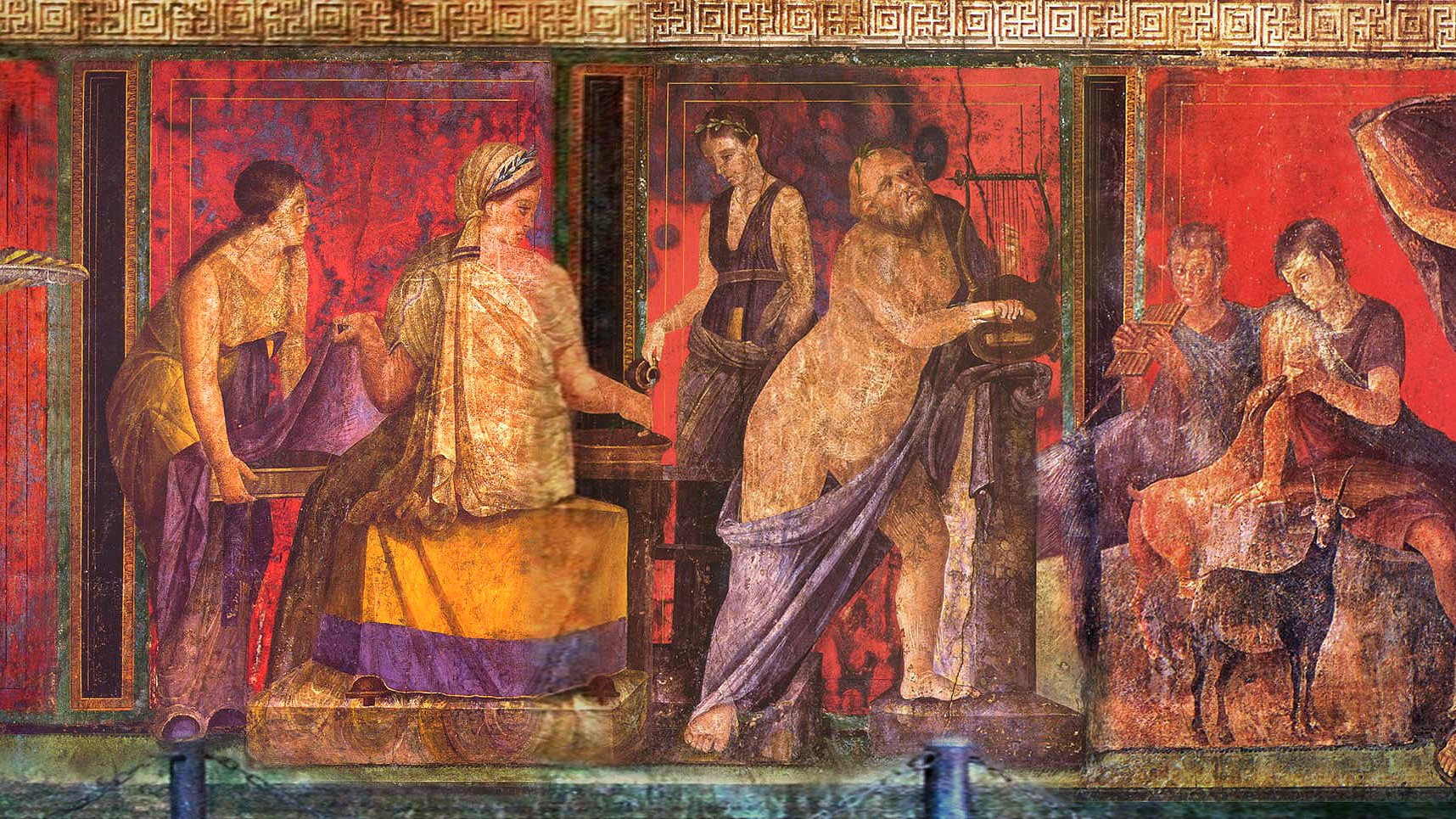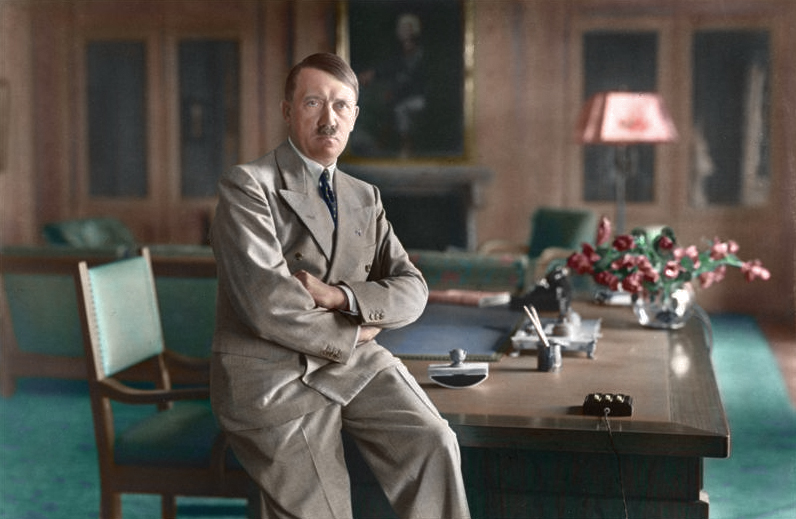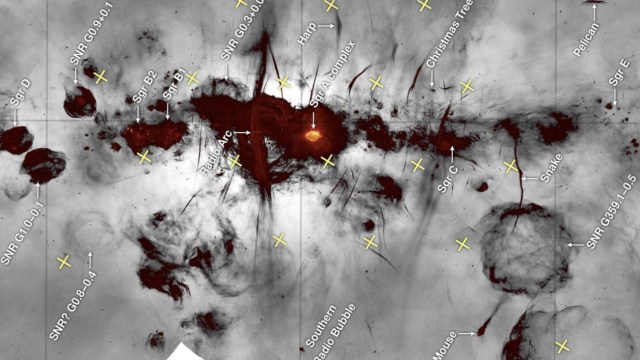The enigmatic life of Edward Thatch, the legendary pirate known as Blackbeard
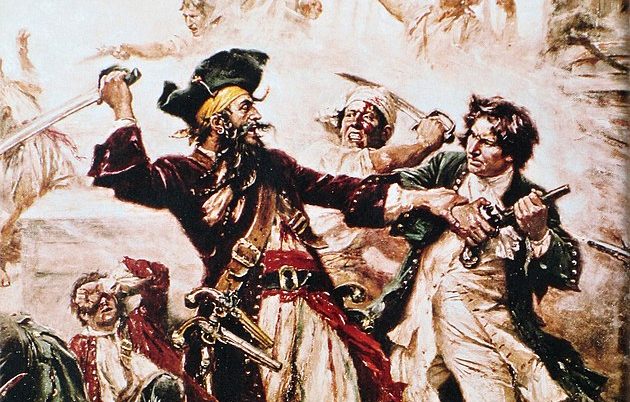
- Of all the infamous pirates from the golden age of piracy, Blackbeard is one of the most enigmatic.
- There are hardly any sources detailing his existence, and the ones we have are not exactly reliable.
- Newspaper clippings and genealogical studies may reveal some aspects of Blackbeard’s life, though most of it remains a mystery.
From the classic tale of Treasure Island to modern blockbusters like Pirates of the Caribbean, pirate stories have been with us for quite some time. As a genre, they are firmly rooted in reality, based on the lives and deeds of actual seafaring criminals from around the 17th century. But, as time goes by, it has proven difficult to distinguish fact from fiction, especially when it comes to famous pirates.
According to Neil Rennie, author of the book Treasure Neverland: Real and Imaginary Pirates, pirate stories first entered the mainstream following the 1724 release of A General History of the Robberies and Murders of the most notorious Pyrates. This work, authored by one unidentified “Captain” Charles Johnson, assembled all real-life news coverage of the golden age of piracy and incorporated it into a unified historical narrative.
Sometimes, however, the stories from A General History contain details that were not mentioned in the news, meaning they could either have come from alternate sources or imagination. Johnson certainly wrote in a style closer to that of a fiction writer than a journalist, and nowhere is that more evident than in his descriptions of the pirate Edward Thatch, better known as Blackbeard.
According to Blackbeard’s executioner, lieutenant Robert Maynard, Thatch received his moniker because “he let his Beard grow, and tied it up in black ribbons.” Johnson’s rewrite adds the drama and terror with which we are now all familiar. “Captain Thatch, assumed the Cognomen of Black-beard,” he writes, “from that large Quantity of Hair, which like a frightful Meteor covered his whole Face, and frightened America, more than any Comet that has appear’d there a long Time.”
A General History has been widely influential in shaping the way historical figures like Blackbeard are viewed today. However, from a scholarly standpoint, Johnson’s literary flair cannot help but call his credibility. The real Edward Thatch is contained in primary sources that preceded Johnson, and though this Blackbeard was noticeably different from his fictionalized counterpart, he is no less fascinating.
The life of Edward Thatch
Historians have long struggled to find any credible sources detailing Edward Thatch’s existence. From the date of his birth to the place he was born, nothing is known for certain. Historians cannot even agree on the spelling of his surname, which — across both sources and analyses — is listed alternatively as Thatch, Teach, Tache, Thache, and Teache.
Many people believe that he was born in Bristol, but there is no evidence for this. Other historians have suggested he came from a rich New England family. A genealogical study once made a comprehensive argument relating Blackbeard to a family of “Taches” from Jamaica.
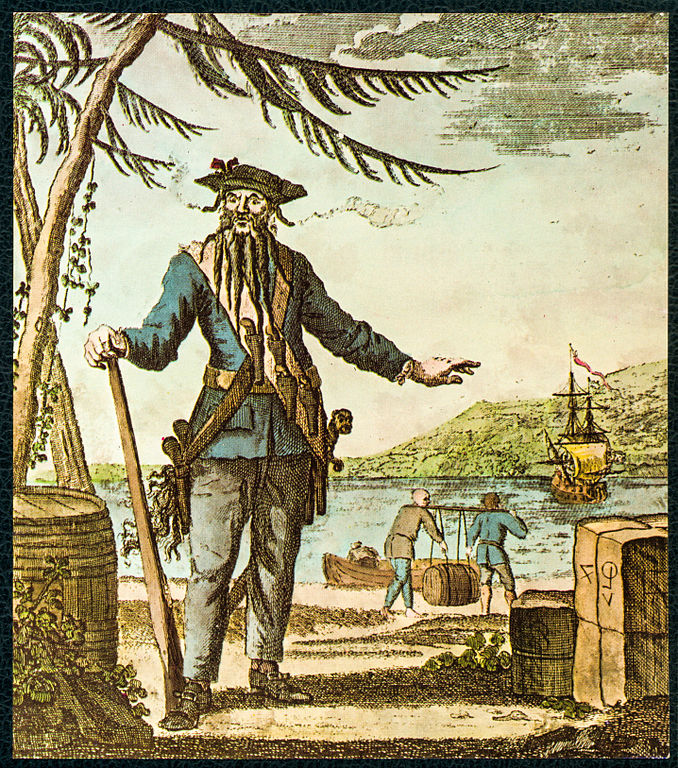
Regardless of where Blackbeard lived, he seems to have grown up in complete anonymity. Prior to becoming a pirate, his name had never appeared in a single government document — criminal or administrative. He was also never brought to trial, meaning there are no legal records to provide us with a convenient, scrutinized account of the accusations raised against him.
Most of what we know about the pirate comes from those who ran into him and were fortunate enough to live and tell the tale. In 1717, the Governor of the Leeward Islands encountered Blackbeard sailing his waters in the company of another pirate, Stede Bonnet. In a report sent to London, the Governor erroneously suspected that the well-dressed and articulate Bonnett — a former landowner from Barbados — was in charge of the entire operation.
According to Johnson, Blackbeard’s pirating career started when he agreed to help Benjamin Hornigold loot a number of Spanish shipwrecks that had been scattered off the coast of Florida by a hurricane. Blackbeard was expelled from the region only to resettle at Providence. Here, alongside Hornigold and Bonnet, Blackbeard graduated from looting wrecks to intercepting cargo ships en route between Europe and the Americas.
Blackbeard’s theatricality and staged appearance soon earned him a reputation on both sides of the Atlantic. Reports from The Boston News-Letter rectified the Governor’s error of judgment, stating that the pirates’ forces — 150 men distributed across 13 ships — answered to Blackbeard and Blackbeard alone. The pirates plundered whatever they wished. Anything they did not need was chugged into the ocean, causing many business owners a tremendous headache.
The death of Blackbeard
Johnson maintains that Blackbeard’s crew disbanded no sooner than it had formed. Blackbeard for his part accepted a gubernatorial pardon and settled in Bath Town with a wife. His retirement from piracy did not last long, as he would set sail again within less than a year. This time, however, it did not take long for his rampage to attract the attention of the Royal Navy.
The events that would lead to Blackbeard’s death were set in motion when Alexander Spotswood was named governor of Virginia. Spotswood was determined to end piracy in the American colonies. Blaming its prevalence on the inertia of his colleague, the governor of North Carolina, Spotswood ordered lieutenant Robert Maynard to ambush Thatch near Ocracoke Inlet, an estuary outside North Carolina.
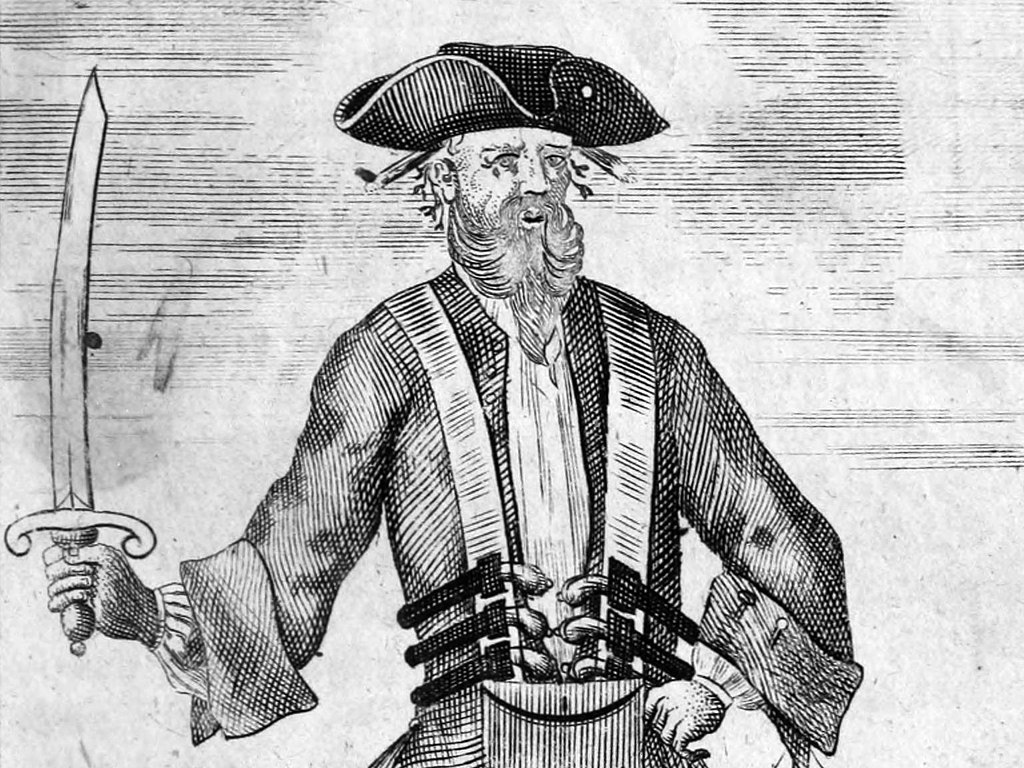
The ambush went as planned and Blackbeard’s forces were quickly overwhelmed. In an official account written after the battle, Governor Spotswood mentioned that Blackbeard had ordered one of his crewmates to blow up the ship’s powder room in case they were attacked by the Navy, but that a second crewmate had managed to dissuade the first from obeying Blackbeard’s order.
Ever at the forefront of Blackbeard news coverage, The Boston News-Letter published a riveting report on the ensuing sword fight:
“Maynard and Teach themselves two begun the fight with their swords, Maynard making a thrust, the point of his sword against Teach’s cartridge box, and bended it to the hilt. Teach broke the guard of it, and wounded Maynard’s fingers but did not disable him, whereupon he jumped back and threw away his sword and fired his pistol, which wounded Teach. Demelt struck in between them with his sword and cut Teach’s face pretty much; . . . one of Maynard’s men being a [Scottish] highlander engaged Teach with his broad sword, who gave Teach a cut on the neck, Teach saying, well done lad, the highlander replied, if it be not well done, I’ll do it better, [and] with that he gave him a second stroke, which cut off his head, laying it flat on his shoulder.”
November 1718
Blackbeard’s decaying head was tied to the bowsprit of Maynard’s ship so it could be displayed to the public on their way back home. Once they reached the shores of Virginia, the head was handed over to Governor Spotswood, who mounted it on a pike that he placed at a point where the Hampton River meets the Hampton Roads. Blackbeard’s skull was eventually taken down.
An urban legend holds that the top of the skull was plated in silver and used as a fancy chalice in the taverns across the Chesapeake Bay. Both halves of the skull have gotten lost and are yet to be recovered. Until they are, this part of Blackbeard’s cultural legacy — just like the many gripping yet unverifiable details in Johnson’s A General History — will have to be taken with a pint of seawater.
